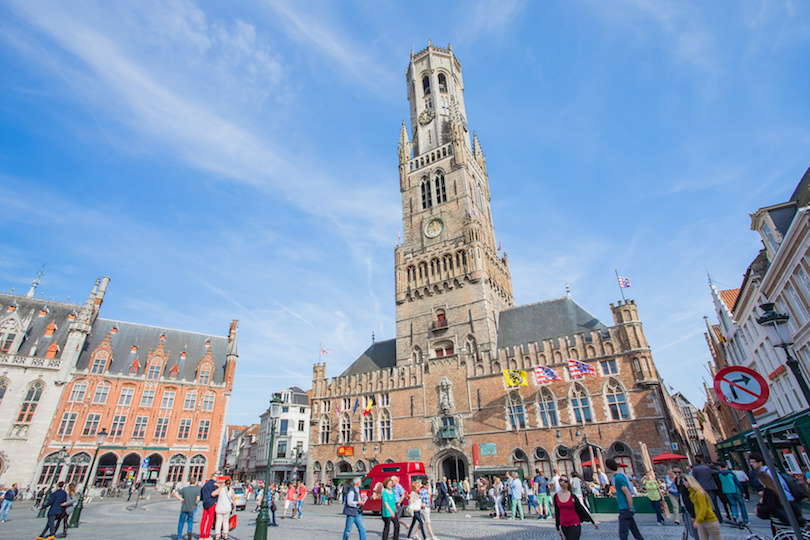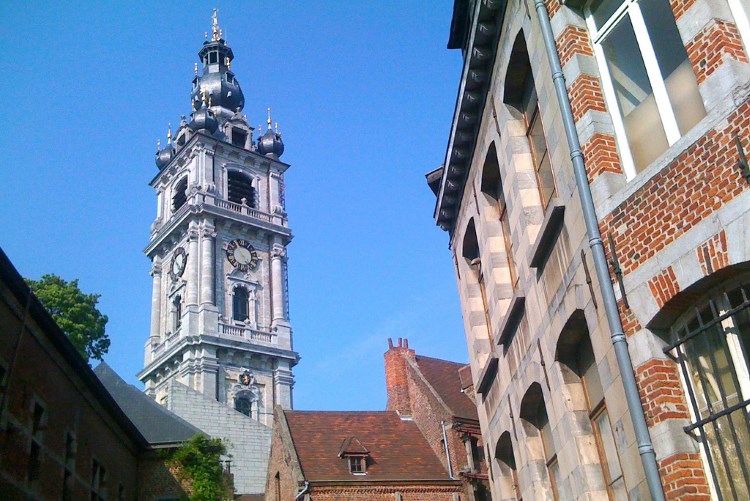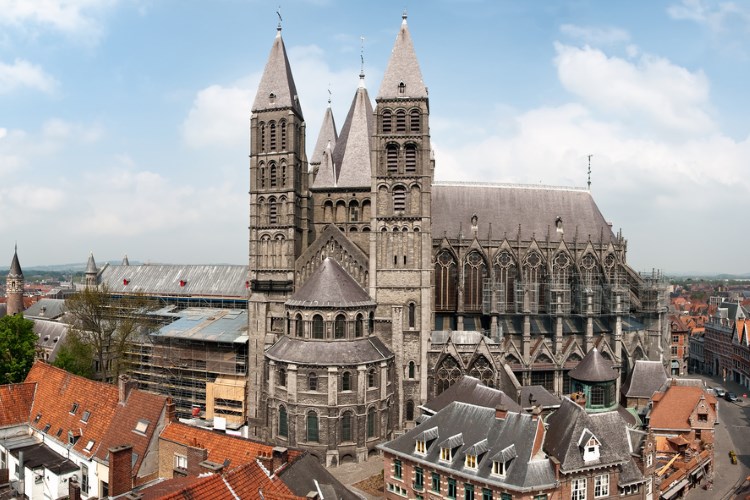Nestled between Germany and France, the small country of Belgium has every reason to be confident in its cultural offerings. It packs a lot of history within its borders: knights who went on crusades, the place where Napoleon met his Waterloo and which felt the effects of World War I && II. Because it’s so small, visitors can get to almost any of the tourist attractions in Belgium with three or four hours of train travel. The sights of Belgium are perfectly preserved medieval monuments, among which Gothic castles especially attract tourists. From Medieval fairytale settings to vast nature reserves and eerie ghost towns, here are top 10 Tourist Attractions in Belgium.
01. Grand Place
The Grand Place is one of the stunning iconic landmarks of Europe. It is located in the heart of Brussels in Belgium and is considered one of the most important squares in the country. Brussels’ magnificent Grand Place is one of the world’s most unforgettable urban ensembles.
02. Antwerp Central
Antwerp Central Station, also known as Antwerpen Centraal or Antwerp CS, is the station where trains from the Netherlands arrive in Antwerp. With Thalys or the Intercity Brussels you can travel from Schiphol, Amsterdam and Breda directly to Antwerp Central Station.
03. Belfry of Bruges
The Belfry of Bruges is the most famous landmarks is this charming medieval city. But it hasn’t all been peeling bells and glorious views in its nearly 800-year history.
04. Bouillon Castle
The castle of Bouillon, the oldest vestige of feudalism in Belgium Visit one of the largest fortified castles in Belgium and embark on a journey through more than 1000 years of history.
05. Canals of Bruges
The canals have for centuries been the veins of the city, winding through Bruges and treating you to another magnificent view around every bend. Take a stroll or a boat trip and discover secret gardens, romantic bridges and medieval facades reflected in the water. A very special experience is a canal trip through Bruges, past the magnificent facades of the old town. The view from the water is one of the most beautiful perspectives of the city, even if you have to duck your head under some bridges.
06. Gravensteen
The Gravensteen means ‘Castle of the Counts’ and indeed, it owes its existence to the counts of Flanders. It was built in the Middle Ages and has a very turbulent history. Once the largest European city north of Paris, Ghent, with its remarkably well-preserved buildings, is the capital and largest city of East Flanders province.
07. Grote Markt, Mechelen
Mechelen is a small city wedged between Antwerp and Brussels. The Grote Market is located in the central square located in the historical part of the city of Mechelen, and is dominated by the Tower of Saint Rumbol. A hodgepodge of pastel-colored guild houses intersected by plentiful waterways and cobblestoned mews; brimming with trendy eateries & old-fashioned bars spilling out into storybook squares.
08. Leuven Town Hall
Considering its history, it’s a miracle that Leuven possesses a quarter of its charm. Despite being smashed to smithereens in both world wars, some of Belgium’s most remarkable medieval buildings were unscathed.Considering its history, it’s a miracle that Leuven possesses a quarter of its charm. Despite being smashed to smithereens in both world wars, some of Belgium’s most remarkable medieval buildings were unscathed.
09. Mons Belfry
Mons is a medieval city that today serves as capital of Hainaut Province. It is home to the only Baroque belfry in Belgium. The belfry is located on the highest point in Mons, on a square that once housed a castle; remains of this castle can be seen today. This bell tower is 87 meters (285 feet) high, with a 49-bell carillon at the top; the largest bell weighs in at five tons. The belfry, constructed in the 17th century, is topped by an onion-shaped dome.
10. Tournai Cathedral
Welcome to Tournai, Belgium’s oldest town! And visit its Notre-Dame Cathedral, listed as a UNESCO World Heritage site since 2000.The Cathedral of Notre-Dame in Tournai was built in the first half of the 12th century. It is especially distinguished by a Romanesque nave of extraordinary dimensions, a wealth of sculpture on its capitals and a transept topped by five towers, all precursors of the Gothic style. The choir, rebuilt in the 13th century, is in the pure Gothic style.


















No comments: